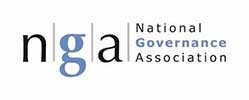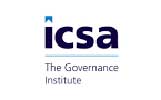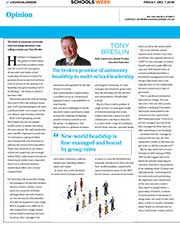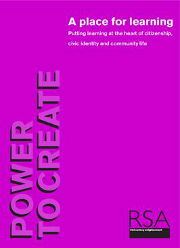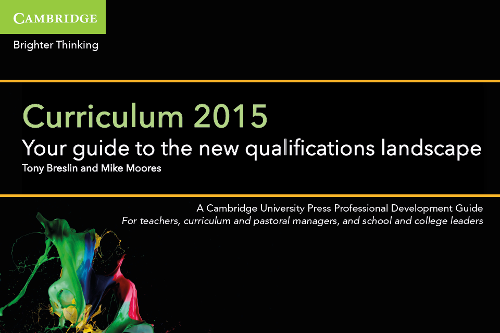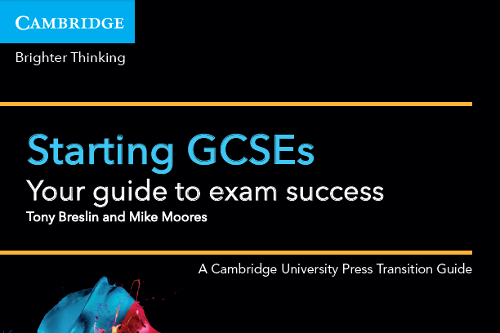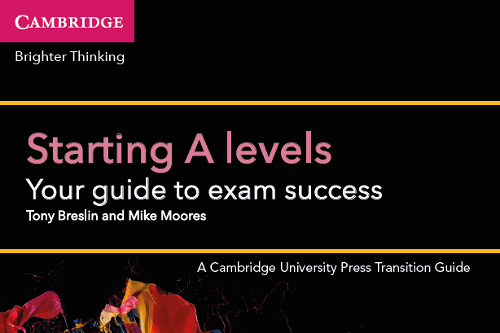












96% of school governors are white, 33% are over 60 and under 40
RSA, 2017

"How we exercise governance in our corporations, our hospitals and schools, and our charities is too important to be left to chance"
Cosette Reczek
Permuto Consulting
Transform Governance is a joint venture between Breslin Social Impact and Permuto Consulting


Need consultancy support? We have access to a range of specialists across sectors, across functions, and across the UK and beyond. Contact us to explore possibilities.
Rebalance the relationship between inclusion and attainment
Thursday 22nd February 2024
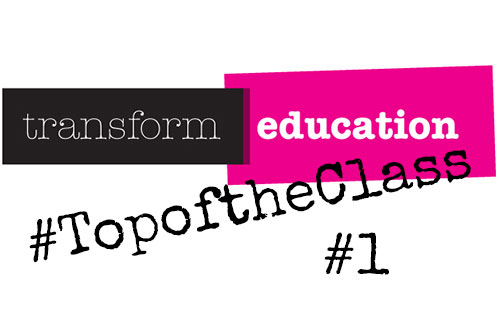
The challenge that a progressive government needs to address.
When the education apparatus is characterised by system-wide underperformance, a focus on raising standards against clear metrics, such as test and examination outcomes, makes sense, but as progress is made, diminishing returns set in.
After rapid improvements in the performance of a then underperforming system in the 1990s and early noughties, this has been the story of the counter-productive impact of too many education policy interventions for the past two decades: teachers driven to burnout by a relentless focus on standards and performance coupled with a concentration on young people from those cohorts and communities that the system has failed for generations.
And, of course, where this challenge is greatest – in under-resourced coastal, rural and urban communities – the rewards for success are the lowest and the hardest to claim.
It is in these “career damagingly difficult schools” where recruitment and retention difficulties at all levels are at their most challenging and where pupils and their families are short of the kinds of cultural capital valued by the system.
A part of the answer is to flip schooling policy on its head and to focus on “inclusion-first” rather than “attainment-first” strategies. In such a model, a premium is placed on enabling all to access education, rather than on some (more often the already advantaged) to excel at it. This will not only enable the under-resourced to take gains from a system that has failed them generationally but will open up access to those with SEND and to those for whom a purely attainment driven and highly competitive system only compounds challenges around neuro-diversity, mental health and wellbeing.
In such a scenario, a battery of good grades (alone) gets mistaken for a good education. Moreover, a reality emerges in which the more successful we are with the 60,70, 80, 90%, the more excluded the 40, 30, 20, 10% become, with the emergence of market failure and what Ofsted itself identifies as a group of ‘stuck’ schools. In short, one dimensional attainment-first strategies contribute to the exclusion of the most vulnerable in the system, whether this vulnerability is socio-economic or not.
The proposed policy response:
In terms of policy responses, what does this mean in practice? These five steps might help us on the way:
(1) A Schools Premium funding stream for those schools that serve the most challenged communities;
(2) Pay and conditions incentives for those prepared to lead and work in such schools;
(3) A deliberate focus on development support rather than inspection for a defined period in these schools;
(4) A focus on family learning strategies to engage parental communities;
(5) Governance Action Zones to attract the most talented in our school governance communities to become engaged in these schools, possibly encouraged by some remunerative support, especially for leaders of governance.
Tweet Share on Facebook

